Why 2D artists need to learn 3D
Is mastering 3D software the key to artistic success?
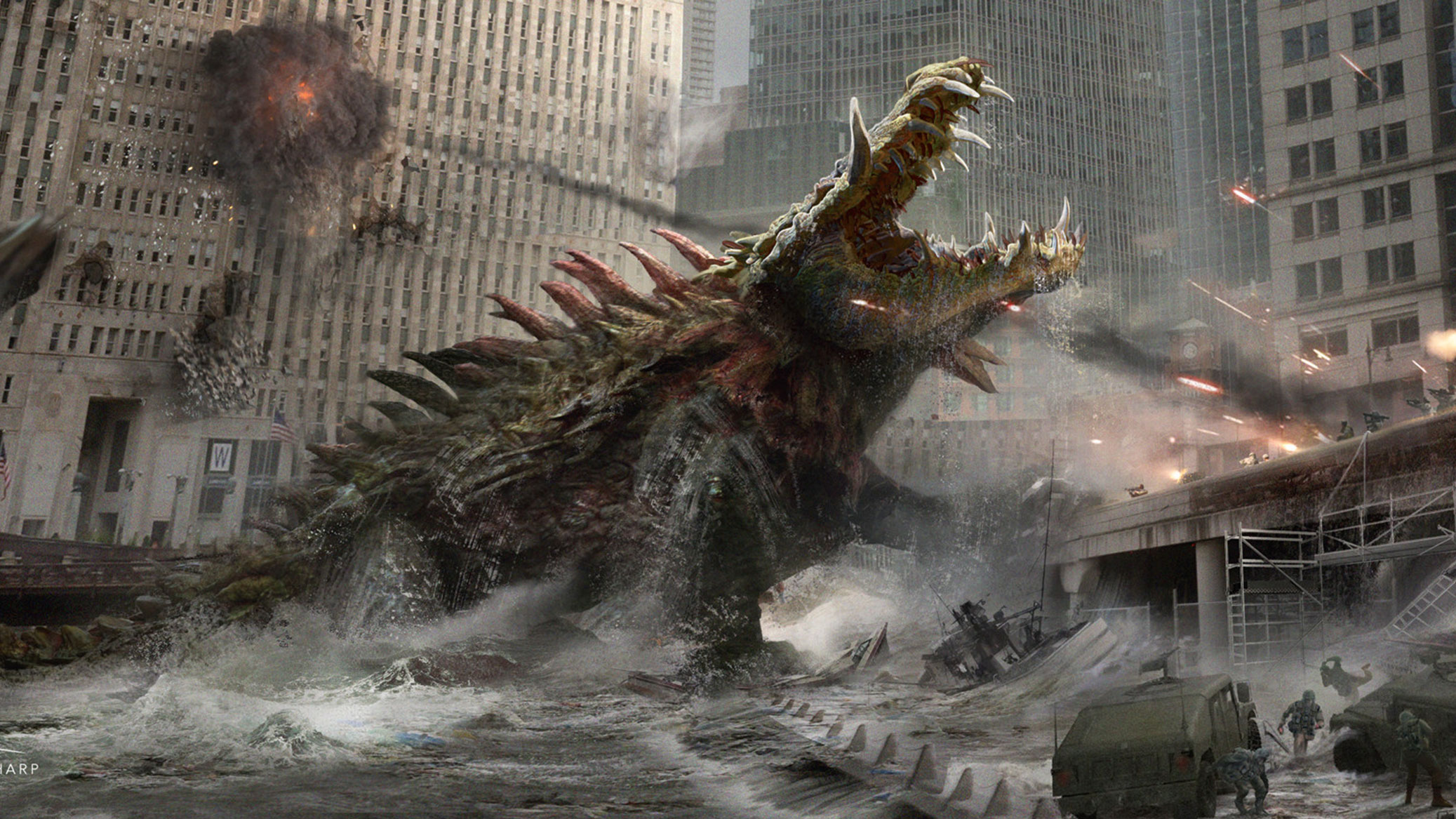
Art software has revolutionised how illustrators create 2D work, thanks to features that give users greater control over their creations. Alongside these tools, software tailored towards show-stopping 3D art has also changed people’s creative ambitions and opened up new career opportunities.
Yet, despite the two disciplines having skill sets that overlap and feed into one another, some artists have initially struggled to move between 2D and 3D. It's not hard to see why either, on first look the best 3D modelling software can seem incredibly daunting. So we spoke to artists who have made the leap to find out how they managed it, and discover how you can get started in 3D.
Even a relatively early introduction to animation and motion graphics software Maya 3.0 couldn’t help it click with Imaginism Studios cofounder Bobby Chiu. “It didn’t really feel like sculpting to me back then,” says the concept and character designer.
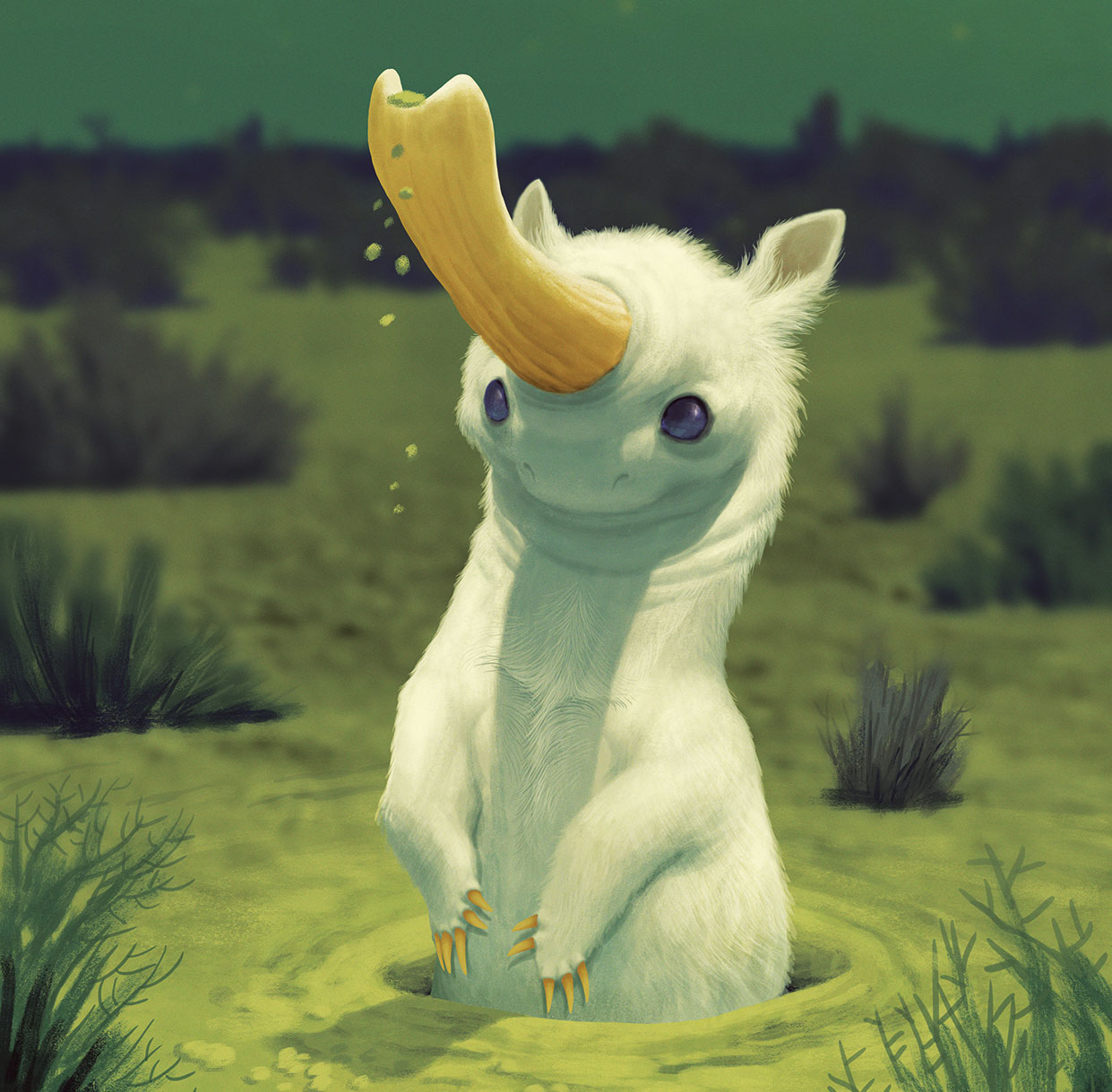
“It wasn’t until 2017 when I asked a sculptor friend of mine, Justin Goby Fields, to put together an introduction to ZBrush course for artists that ZBrush finally made sense to me. I’ve been learning and using ZBrush ever since.”
For 2000 AD artist Thomas Foster, picking up 3D software skills helped improve his confidence in creating realistic backgrounds and vehicles. “Upon discovering SketchUp, I spent a lot of time designing background elements from scratch, or utilising existing assets in order to round out my repertoire.”
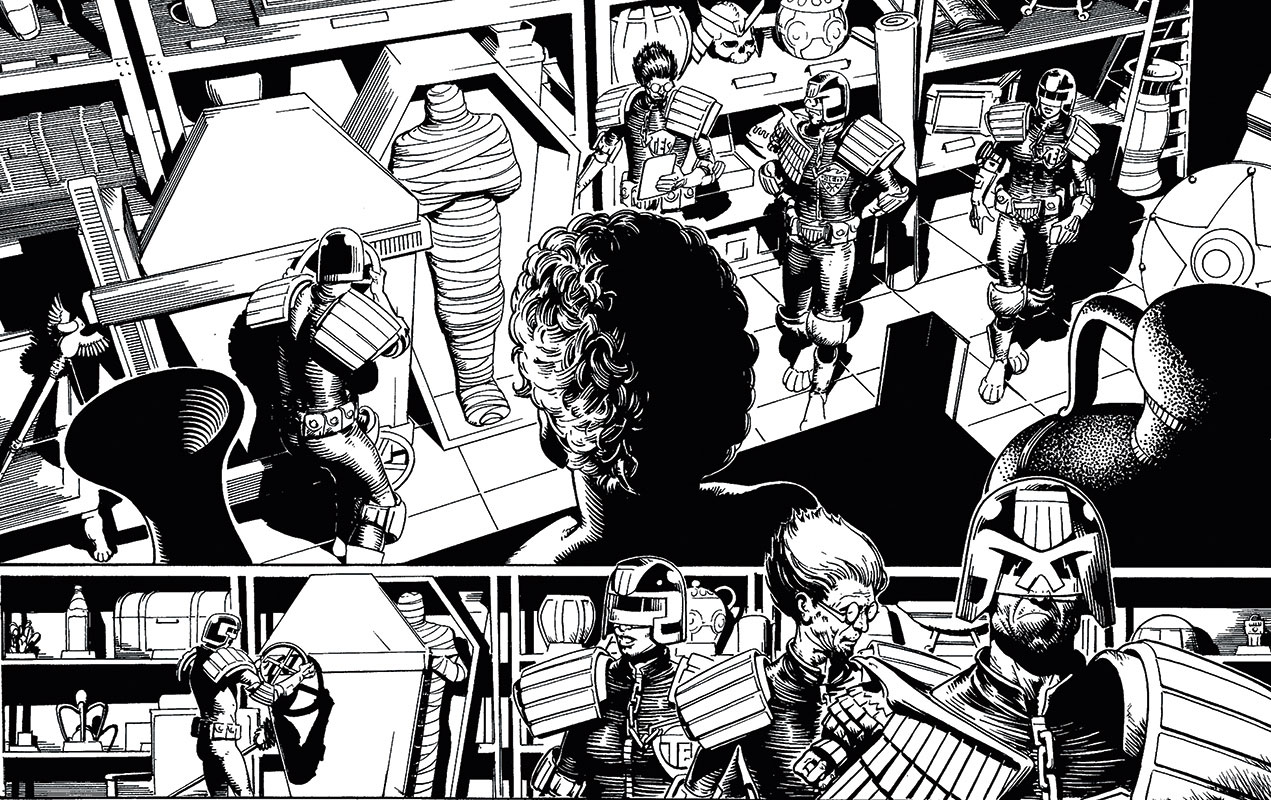
The further discovery of DAZ 3D, which specialises in rigged 3D human models, enabled Foster to create full 3D scenes with minimal modelling involved, before he even put pencil to paper. “This meant I always had a solid foundation on which to build my images. The time spent exploring these methods has greatly improved my versatility and the range of resources at my disposal.”
Career benefits
The speed with which artists can lay down ideas with 3D software makes proficiency with tools such as ZBrush, Blender and Cinema 4D hugely desirable to clients – especially when it comes to concept art.
Get the Creative Bloq Newsletter
Daily design news, reviews, how-tos and more, as picked by the editors.
“Designs that concept artists create are meant for one thing: to be built,” explains concept artist and illustrator Houston Sharp. “If concept artists can start that 3D visualisation in the beginning design phase, it makes it easier for the rest of the team to understand what needs to built. From there, the team can even take the 3D concept to use as a starting point for the final assets.”
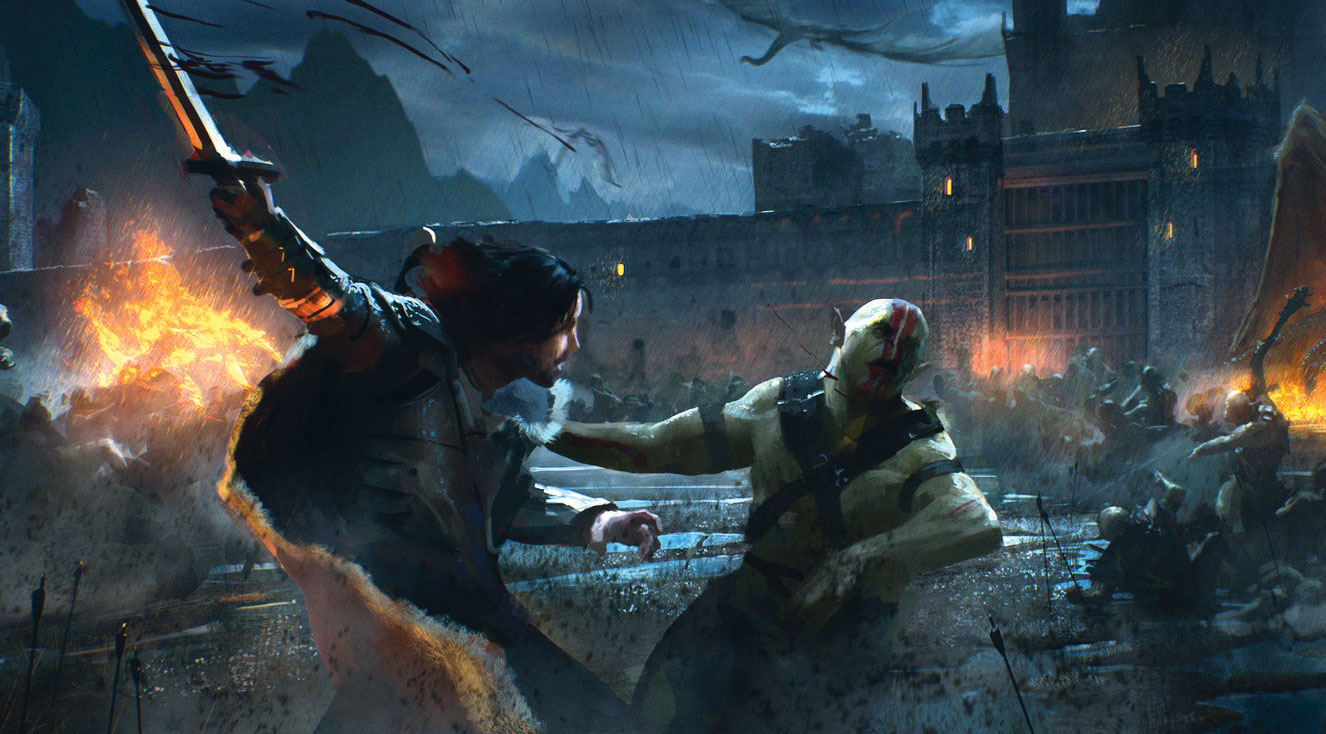
Despite its usefulness, artists are still able to get work with no prior knowledge of 3D software. It just depends on which route you want to take. Philipp Scherer reveals that getting your foot in the door still remains the most difficult step to landing projects.
“If you’re working in the entertainment industry however, a basic knowledge of 3D is almost expected and working digitally is mandatory,” the concept artist and illustrator explains.
“Even basic knowledge of 3D tools can be helpful. I have friends working as 2D artists that only know how to navigate in 3D and set up a basic render. But it helps them when they receive files from a third party and they’re asked to create a quick painting based on a 3D model.”
"It’s a good idea to learn the principles first and the tools later," adds Sharp, "otherwise there’s a risk of becoming dependent on the tools. It’s like building a flashy house on top of bad foundations."
"There are plenty of 3D concept artists who can’t draw or paint, and that compromises them when they’re asked to quickly sketch something out, or make a certain mood/composition. If you’re confident in your foundation, then learn that new tool. If not, it’s probably better to hold off until you are."
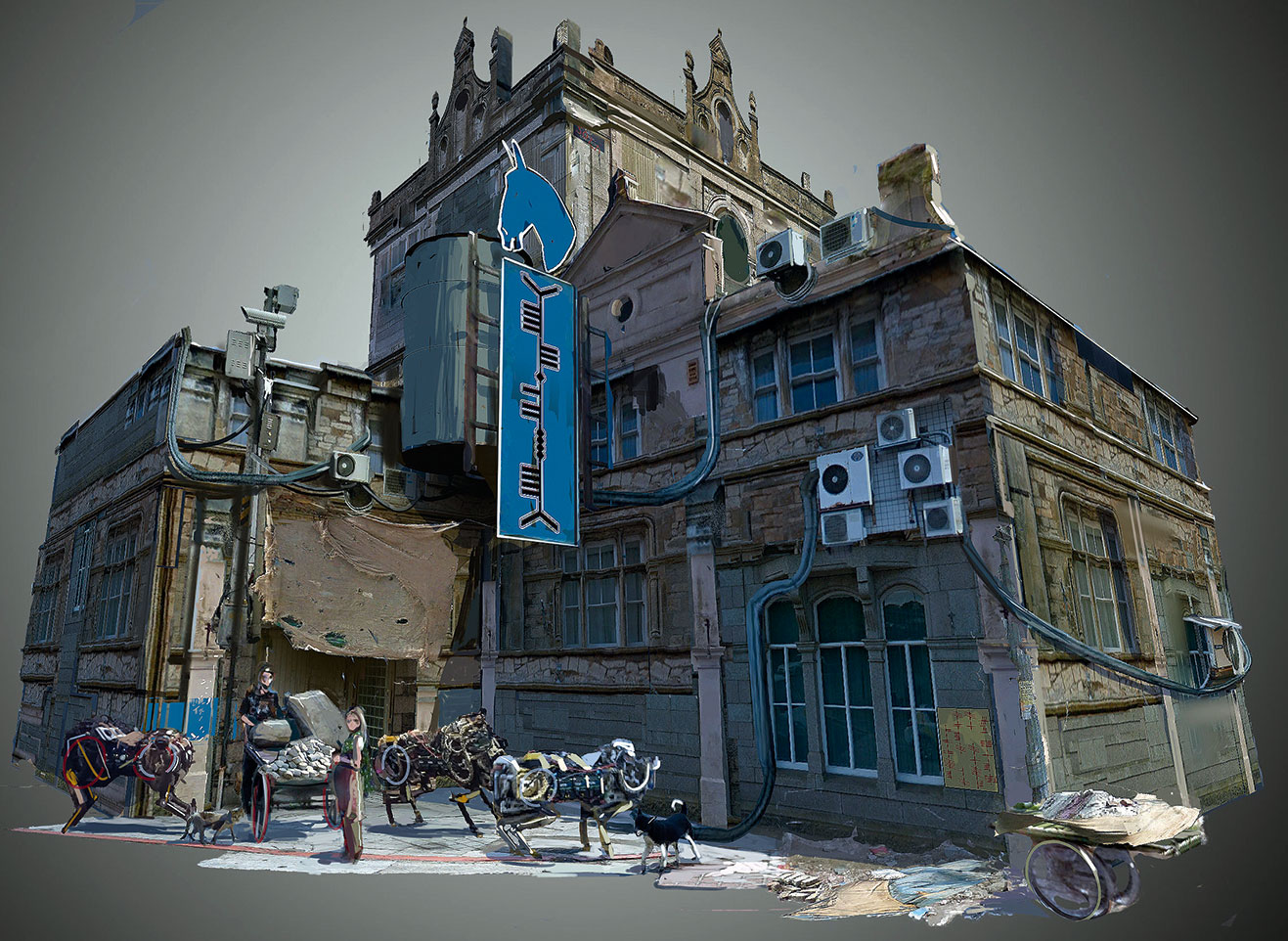
Phoebe Herring, a lecturer in game art at Falmouth University, agrees that 3D art is becoming increasingly vital for concept artists. “Clients are interested in the designer’s vision, not in waiting around for them to lay out all of their vanishing points by hand.”
She points out that physically based rendering offers her students a way to talk about materials that applies to both 2D and 3D art. “3D theory is a great way to talk about this stuff, and students confident in 3D can mock up quick scenes to check the way their creations respond to the light.”
Sharp agrees, and from a career point of view, he adds that studios have 3D expectations. "It’s definitely better to have some knowledge of it going in. If the studio or client is expecting you to fit within their design team, who use a lot of 3D, it’ll be an issue if you can’t keep up with them. But concept artists aren’t modellers and asset builders, so sometimes just a rudimentary knowledge of 3D is enough."
Going in head first
Herring adds that there are other ways 3D studies can push your 2D skills to the next level. “Students often benefit hugely from sculpting proportionate human heads in ZBrush, even if they never go on to do 3D character art. The study forces a real understanding of the way features fall on the skull and reveals weak points for the artist to work on.”
According to Herring, 3D knowledge can’t exist in isolation. “It needs to sit alongside rock-solid perspective, anatomy and design skills. These fundamentals are the real tricky things, and nobody ever stops learning them.”
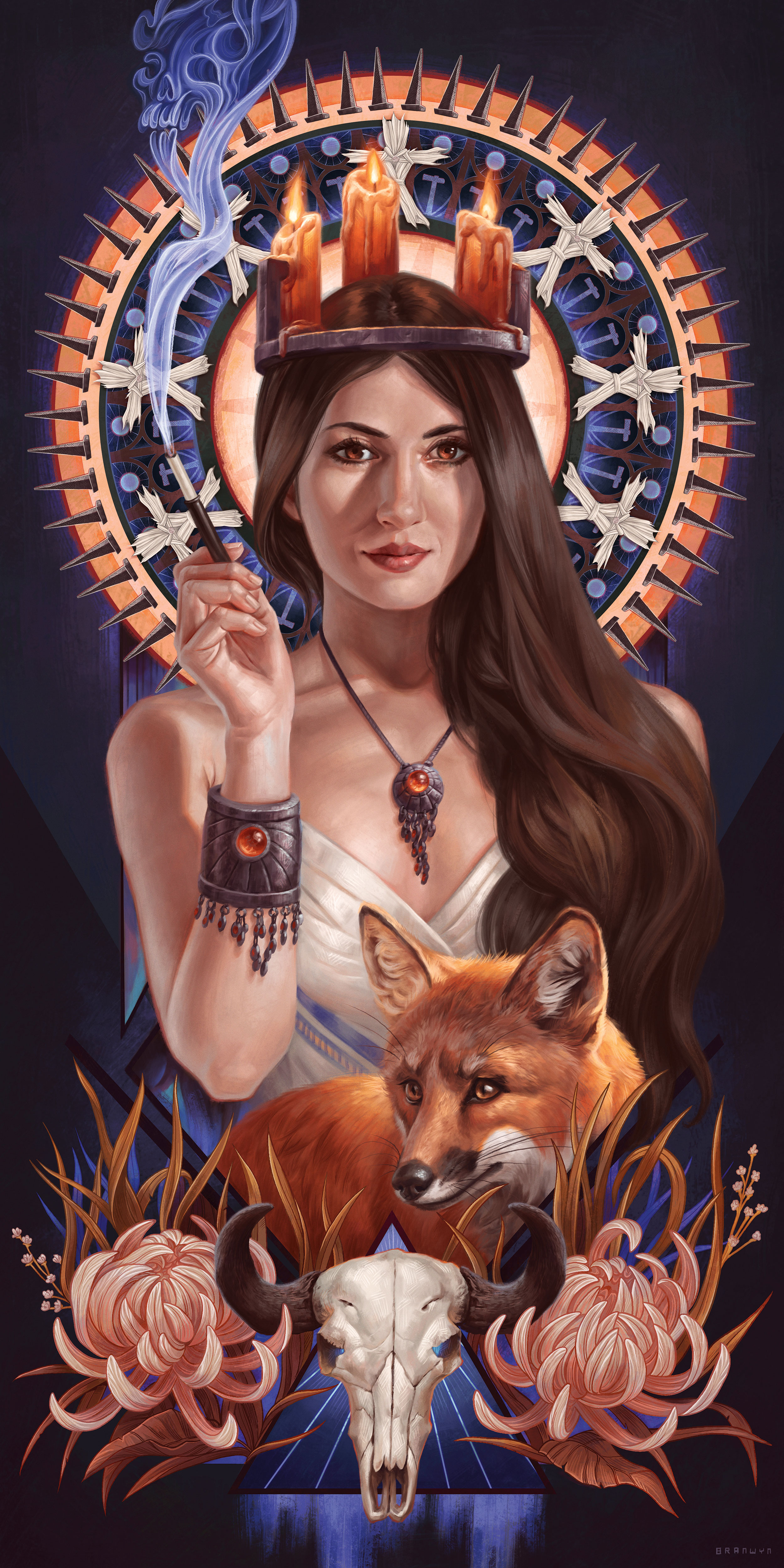
Illustrator Alix Branwyn also thinks that without a certain level of 2D understanding, 3D tools can only achieve so much. “I’ve found that a lot of the software that’s used for posing figures often leaves an unrealistic feel that can seep into the illustration and make it seem ‘off’. Faces feel lifeless and a bit ‘uncanny valley’, and hands often feel stiff and waxy rather than expressive and fleshy.
“I look at the use of 3D the same way that I view the use of photo reference and 2D digital shortcuts: it’s just another tool to get the work done quicker and make it look good.” Chiu is of the same mind. “If you don’t understand art fundamentals, 3D won’t save you.”
Where to start learning 3D?
For 2D artists looking to add 3D to their skill set, the range of tools available can be an embarrassment of riches. “Start small. 3D can be overwhelming,” advises Magic: The Gathering artist Steve Argyle.
“One very good way to learn 3D is to commit to one piece of software at a time and learn the basics of everything it does. Then go deep into whatever it is you want to do with that software.”

Dabbling with 3D software doesn't have to break the bank either, adds Sharp. "I can’t think of a single 3D software that doesn’t offer trial versions of their software, so that’s a good place to start if you’re too new to know if you want to commit."
"Some software even have simplified versions of their paid counterparts. If you can’t afford ZBrush for example, Pixologic offers a free digital sculpting program that’s similar to ZBrush called Sculptris."
If this sounds too much like hard work, Foster still thinks it’ll be worth your time experimenting. “There’s virtually no reason for artists not to learn about 3D. Even if the conclusion they reach is that it’s of no use to them, it will, at least, be an informed conclusion. More likely, they will come away with another string to their bow.”
This article was originally published in issue 162 of ImagineFX, the world's best-selling magazine for digital artists. Buy issue 162 or subscribe.
Related articles:

Thank you for reading 5 articles this month* Join now for unlimited access
Enjoy your first month for just £1 / $1 / €1
*Read 5 free articles per month without a subscription

Join now for unlimited access
Try first month for just £1 / $1 / €1

Dom Carter is a freelance writer who specialises in art and design. Formerly a staff writer for Creative Bloq, his work has also appeared on Creative Boom and in the pages of ImagineFX, Computer Arts, 3D World, and .net. He has been a D&AD New Blood judge, and has a particular interest in picture books.
